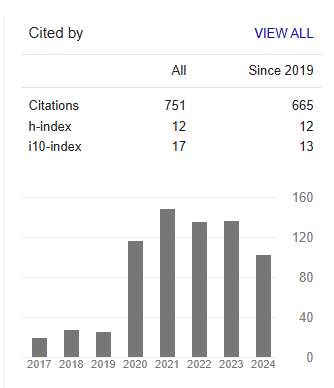Current Aspect of Severe Malaria at the Infectious and Tropical Disease Service in Fann (Dakar)
Abstract
Ndeye Aïssatou LAKHE, Khadime SYLLA, Khardiata DIALLO MBAYE, Ndeye Méry DIA BADIANE, Cherine JABER, Aminata MASSALY, Viviane Marie Pierre CISSE DIALLO, Daye KA, Louise FORTES DEGUENONVO, Cheikh Tidiane NDOUR, Masserigne SOUMARE and Moussa SEYD
Background: Severe malaria occupies a significant place in Senegal. It is characterized by a multiple organ failure that is related to a very poor prognosis. The objective of this study was to determine the Current profile of severe malaria in the service of Tropical and Infectious Diseases of Fann Hospital in Dakar.
Methods: A retrospective study was conducted regarding patients hospitalized between 2014 and 2016 for whom the diagnosis of severe malaria was established using WHO criteria of severity.
Results: The number of cases of severe malaria was 176 cases, ie a hospital prevalence of 6%. The majority of patients were admitted between September and December. The median age averages 33 years [range: 11-86]. Nearly three-quarters of the patients were male (73.9%), a sex ratio of 2.8. Cerebral malaria was the most common (69.9%) and the most frequent signs of gravity were coma (68.2%), followed by jaundice (58.5%) and renal failure (29.6%). Hyperparasitaemia was noted in 13 cases. In all cases Plasmodium falciparum was the responsible parasite. Ninety-nine patients received quinine and 75 artesunate. Almost three quarters of patients (111 cases) had been hospitalized for up to 7 days. Case fatality rate reached 18.8%.
Conclusion: Severe malaria is still responsible of multiple organ failure and a life-threatening disease. The most frequent sign of severity is coma but jaundice and renal impairment are increasingly high. Parenteral artesunate’s use is becoming consistent. Patients’ surviving artesunate should be investigated.



